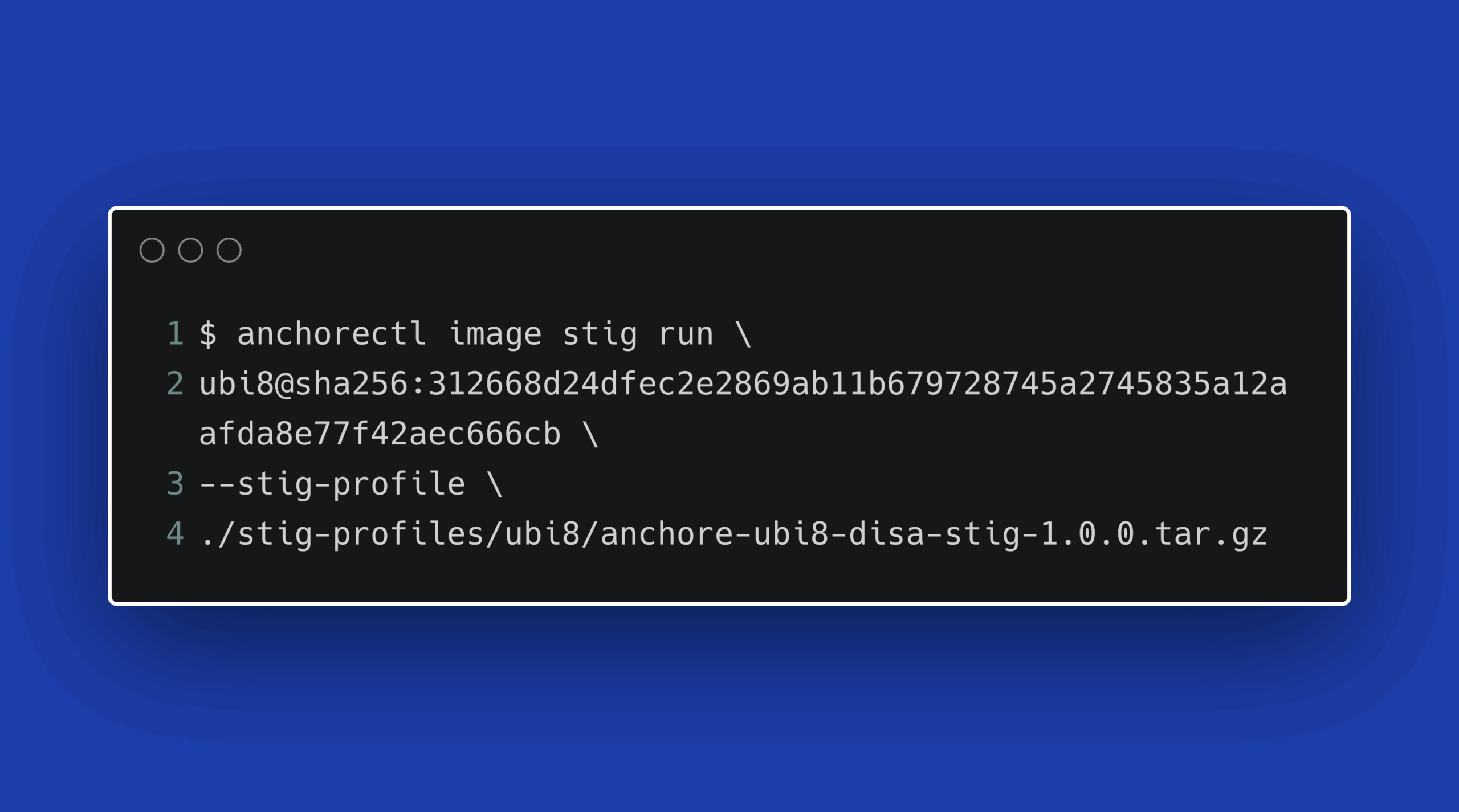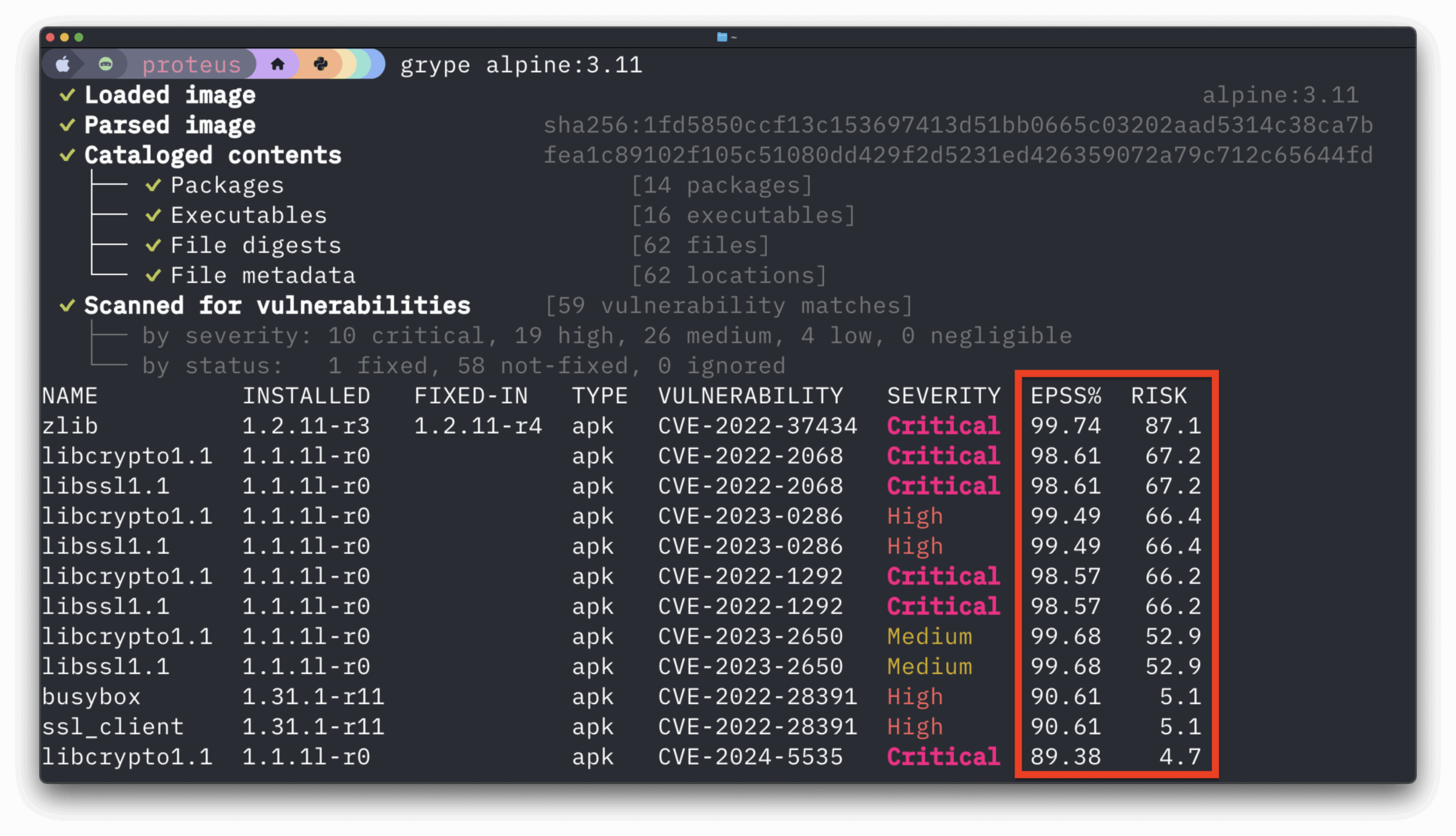SBOMs. What are they good for? At Anchore, we see SBOMs (software bills of material) as the foundation of an application’s supply chain hierarchy. Upon this foundation you can build a lot of powerful features, such as, the ability to detect vulnerabilities in your open source dependencies before they are pushed to production. An unintended side effect of giving users the power to easily see deeply into their application’s dependencies and detect the vulnerabilities in those dependencies is that there can sometimes be hundreds of vulnerabilities discovered in the process.
We’ve seen customer applications that generate up to 400+ known vulnerabilities! This creates an information overload that typically ends in the application developer ignoring the results because it is too much effort to triage and remediate each one. Knowing that an application is riddled with vulnerabilities is better than not but excessive information does not lead to actionable insights.
Anchore Enterprise solves this challenge by pairing vulnerability data (e.g. CVEs, etc) with exploit data (e.g. KEV, etc). By combining these two data sources we can create actionable insight by showing users both the vulnerabilities in their applications and which vulnerabilities are actually being exploited. Actively exploited vulnerabilities are significantly higher risk and can be prioritized for triage and remediation first. In this blog post, we’ll discuss how we do that and how it can save both your security team and application developers time.
How Does Anchore Enterprise Help You Find Exploits in Your Application Dependencies?
What is an Exploited Vulnerability?
“Exploited” is an important distinction because it means that not only does a vulnerability exist but a payload also exists that can reliably trigger the vulnerability and cause an application to execute unintended functionality (e.g. leaking all of the contents of a database or deleting all of the data in a database). For instance, almost all bank vaults in the world are vulnerable to an asteroid strike “deleting” all of the contents of the safe but no one has developed a system to reliably cause an asteroid to strike bank vaults. Maybe Elon Musk can make this happen in a few more years but today this vulnerability isn’t exploitable. It is important for organizations to prioritize exploited vulnerabilities because the potential for damage is significantly greater.
Source High-Quality Data on Exploits
In order to find vulnerabilities that are exploitable, you need high-quality data from security researchers that are either crafting exploits to known vulnerabilities or analyzing attack data for payloads that are triggering an exploit in a live application. Thankfully, there are two exceedingly high-quality databases that publish this information publicly and regularly; the Known Exploited Vulnerability (KEV) Catalog and the Exploit Database (Exploit-DB).
The KEV Catalog is a database of known exploited vulnerabilities that is published and maintained by the US government through the Cybersecurity and Infrastructure Security Agency, CISA. It is updated regularly; they typically add 1-5 new KEVs every week.
While not an exploit database itself, the National Vulnerability Database (NVD) is an important source of exploit data because it checks all of the vulnerabilities that it publishes and maintains against the Exploit-DB and embeds the relevant identifiers when a match is found.
Anchore Enterprise ingests both of these data feeds and stores the data in a centralized repository. Once this data is structured and available to your organization it can then be used to determine which applications and their associated dependencies are exploitable.
Map Data on Exploits to Your Application Dependencies
Now that you have a quality source of data on known exploited vulnerabilities, you need to determine if any of these exploits exist in your applications and/or the dependencies that they are built with. The industry-standard method for storing information on applications and their dependency supply chain is via a software bill of materials (SBOM).
After you have an SBOM for your application you can then cross-reference the dependencies against both a list of known vulnerabilities and a list of known exploited vulnerabilities. The output of this is a list of all of the applications in your organization that are vulnerable to exploits.
If done manually, via something like a spreadsheet this can quickly become a tedious process. Anchore Enterprise automates SBOM management by generating SBOMs for all of your applications and running scans of the SBOMs against vulnerability and exploit databases.
How Does Anchore Enterprise Help You Prioritize Remediation of Exploits in Your Application Dependencies?
Once we’ve used Anchore Enterprise to detect CVEs in our containers that are also exploitable through the KEV or ExploitDB lists, then we can take the severity score back into account with more contextual evidence. We need to know two things for each finding: what is the severity of the finding and can I accept the risk associated with leaving that vulnerable code in my application or container.
If we look back to the Log4J event in December of 2021, that particular vulnerability scored a 10 on the CVSS. That score alone provides us little detail on how dangerous that vulnerability is. If a CVE is discovered against any given piece of software and the NVD researchers cannot reach the authors of the code, then it’s assigned a score of 10 and the worst case is assumed.
However, if we have applied our KEV and ExploitDB bundles and determined that we do indeed have a critical vulnerability that has active known exploits and evidence that it is being exploited in the wild AND the severity exceeds our personal or organizational risk thresholds then we know that we need to take action immediately.
Everyone has questioned the utility of the SBOM but Anchore Enterprise is making this an afterthought. Moving past the basics of just generating an SBOM and detecting CVE’s, Anchore Enterprise is automatically mapping exploit data to specific packages in your software supply chain allowing you to generate reports and notifications for your teams. By analyzing this higher quality information, you can determine which vulnerabilities actually pose a threat to your and in turn make more intelligent decisions about which to fix and which to accept, saving your organization time and money.
Wrap Up
Returning to our original question, “what are SBOMs good for”? It turns out the answer is scaling the process of finding and prioritizing vulnerabilities in your organization’s software supply chain.
In today’s increasingly complex software landscape, the importance of securing your application’s supply chain cannot be overstated. Traditional SBOMs have empowered organizations to identify vulnerabilities but often left them inundated with too much information, rendering the data less actionable. Anchore Enterprise revolutionizes this process by not only automating the generation of SBOMs but also cross-referencing them against reputable databases like KEV Catalog and Exploit-DB to isolate actively exploited vulnerabilities. By focusing on the vulnerabilities that are actually being exploited in the wild, your security team can prioritize remediation efforts more effectively, saving both time and resources.
Anchore Enterprise moves beyond merely detecting vulnerabilities to providing actionable insights, enabling organizations to make intelligent decisions on which risks to address immediately and which to monitor. Don’t get lost in the sea of vulnerabilities; let Anchore Enterprise be your compass in navigating the choppy waters of software security.
If you’d like to learn more about the Anchore Enterprise platform or speak with a member of our team, feel free to book a time to speak with one of our specialists



